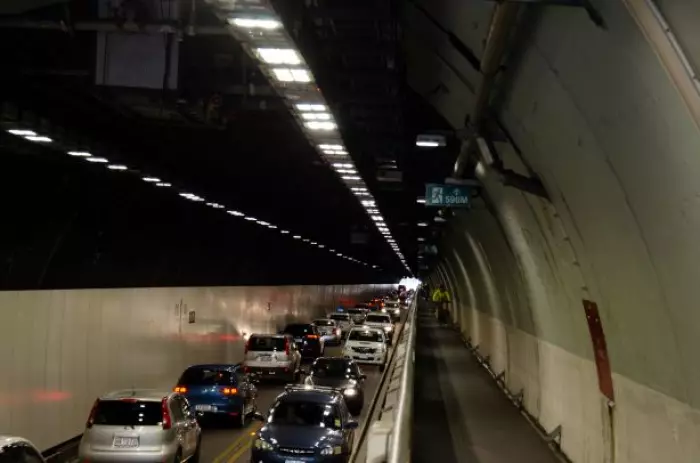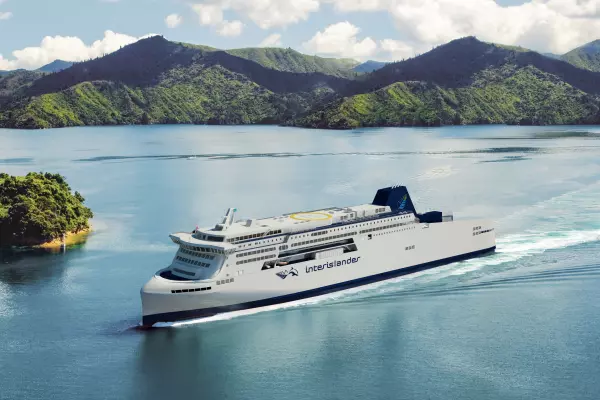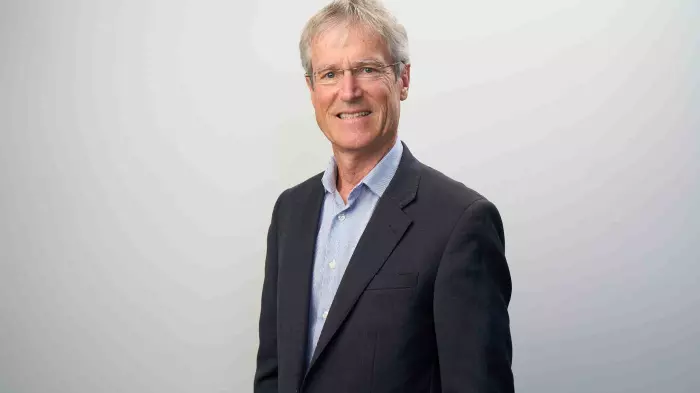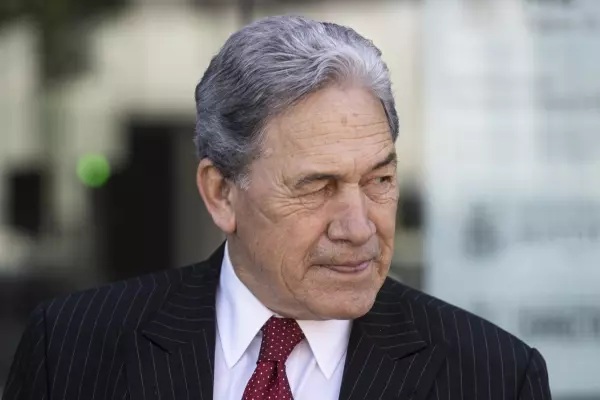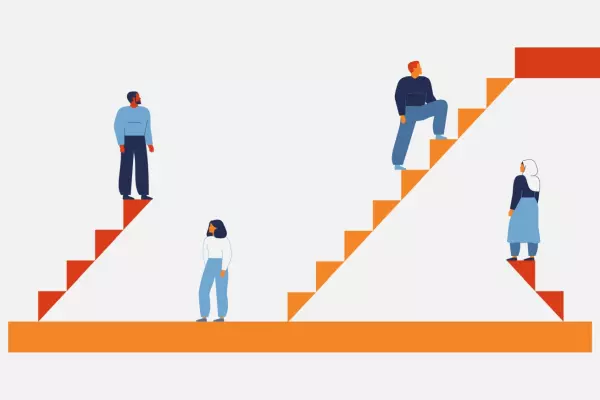A review of the strangely named Let’s Get Wellington Moving (LGWM), a set of transport policies, caused a political flurry last week.
The ‘health check’ review was mainly about processes and governance weaknesses and recommended a pause. The reaction from the region’s mayors was that we should just get on with it.
However, that would be easier if it was clearer what LGWM is.
LGWM was developed after a proposed overpass by Basin Reserve was unfortunately stopped in 2015, throwing public transport and road plans into disarray.
LGWM has subsequently emerged as a wish list of sensible smaller projects, a second Mount Victoria tunnel, and an expensive mass transit idea.
The review alluded to its incoherence by talking about the need to prioritise different projects against objectives that are reassessed to address conflicts, trade-offs, and cost.
It said there was little evidence of detailed design, or of work on operating and implementing the programme. It also said, “the quality and validity of indicative business cases are at risk…”
Some of the smaller projects could go ahead anyway, and some have begun. These are ‘no regrets’ investments that are cheap and would not undermine anything else:
- more work on safer speed limits;
- walking and cycleway improvements;
- improved access to ferry terminals;
- modest rail network improvements;
- bus priority improvements;
- tidying up the Golden Mile;
- integrated public transport ticketing and operations; and
- minor changes around the Basin Reserve.
These have a total cost of around $700 million, spread over several years and shared between central and local governments.
Second tunnel vs trams
The next step up is an extra Mount Victoria tunnel, including the widening of Ruahine Street that connects to it, for $700 million.
The case for this was muddied by Green politics under the last government, but the tunnel should be able to provide capacity for public transport, cycling and walking as well as road transport.
As it is part of State Highway 1, it should arguably be funded from the National Land Transport Fund and related central government borrowing, as is the case in Auckland. There is no inherent reason why it needs to be delayed, as proposed, until later this decade.
The biggest and most debatable item is ‘rapid transit’ from Wellington railway station via the hospital to the airport, for $2 billion.
This started as a dream of light rail advocates who were more interested in their super trams than in the alternatives and the cost.
Solid analysis by Aecom in the 2015 Wellington Public Transport Spine Study showed light rail was far less economic than bus-based alternatives, with a lamentable benefit-cost ratio of 0.1, where the minimum acceptable should be 1.0.
The light rail aspect seems to be disappearing like a Cheshire cat’s smile.
Recent artist impressions show something that looks like an articulated tram but has no tracks.
Some prefer to call it a “trackless tram” instead of admitting it is an articulated bus. Whatever the name, it is an advance in avoiding some of the cost and most of the inflexibility of light rail.
Trams are inflexible in that the whole line has to be built before they can operate, whereas buses can deviate when needed from bus lanes/busways onto normal roads. This allows both staged construction and the ability to operate around road blockages such as crashes, processions and Wellington’s familiar burst water pipes.
Real solutions for real problems
Still, $2 billion is a huge cost for something that may not be needed after the second tunnel and the other improvements are made – a solution looking for a problem.
A business case has yet to be done, and it will not stack up – especially with the likelihood that, post-covid, we will commute and fly less and work more from home.
As often with politically driven debates, there has been too much focus on projects and not enough on other improvements, such as:
- congestion pricing, which has been successful overseas (Singapore, London, Stockholm). Besides reducing congestion and pollution it encourages the use of public transport, cycling and walking;
- peak and off-peak public transport pricing – at present most buses and trains are busy only for limited periods;
- greater use of “big data” IT to achieve simultaneous management of traffic, bus fleets and real-time passenger information. It helps with bus priority, reduces bus bunching and gives real-time passenger information that actually tells the truth;
- spatial planning, so traffic-generating activities are not so concentrated in the CBD. Melbourne gives an example with universities, polytechs and hospitals often found in the suburbs.
Let’s hope progress is soon made with the better parts of LGWM, and mass transit dreams give way to a type of infrastructure that is much more needed in Wellington: water pipes.
David Greig is a policy economist who has worked in the NZ Treasury and Ministry of Transport, the Victorian Treasury, the OECD, and the Australian Productivity Commission and consulting firm ACIL


